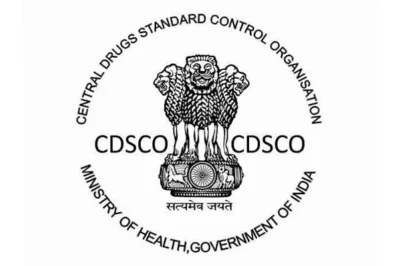As summer intensifies, South India braces for more than just the usual heat. The India Meteorological Department (IMD) has issued a heatwave warning for the interior regions of Karnataka, Tamil Nadu, and Telangana, with temperatures soaring between 38 to 40 degrees Celsius. This heatwave, coupled with sporadic wet spells and thunderstorms, presents a dual challenge of extreme heat and sudden weather changes. How prepared are we to handle these climatic extremes?
The Heatwave Scenario:
The sweltering heat has enveloped most of the southern states, with a persistent temperature rise that has been marked as unusual for this time of the year. The IMD has noted that this could be one of the longest heatwaves the region has experienced, lasting over 100 days. In response, local governments and health departments are ramping up efforts to mitigate heat-related health risks.
Unexpected Weather Changes:
In contrast to the heat, eastern and southern parts of Peninsular India are expected to witness intermittent wet spells accompanied by thunderstorms and gusty winds until May 14. Such unpredictable weather patterns complicate daily life, impacting everything from electricity supply to traffic flow and the structural safety of less secure buildings.
Impact and Precautions:
The expected thunderstorms bring their own set of challenges, including potential disruptions in electricity, which can affect water supply and cooling appliances—critical during a heatwave. The IMD advises residents to stay indoors during thunderstorms, secure windows and doors to avoid damage, and postpone travel plans when severe weather warnings are in place.
Community and Government Response:
With the ongoing weather challenges, communities have been urged to follow safety protocols and stay informed through official weather updates. Local authorities are working to ensure that emergency services are on standby for quick response to weather-related incidents. Public awareness campaigns are being intensified to educate residents about the importance of hydration, avoiding outdoor activities during peak heat hours, and recognizing heatstroke symptoms.
Conclusion:
As we navigate through these extreme weather conditions, the combined efforts of the community, government, and individual preparedness will be crucial in ensuring safety and minimizing the adverse effects of the heatwave and thunderstorms. Staying informed, prepared, and proactive is key to weathering this challenging season.




































































Leave a Reply